Antarctica Day
Happy Antarctica Day! Today is the anniversary of the signing of the Antarctic Treaty. It was signed 56 years ago on December 1, 1959. Celebrate Antarctica Day with my research team today by participating in our webinar (10 AM Alaska Daylight Time, 11 AM Pacific Standard Time, 12 PM Mountain Standard Time, 1 PM Central Standard Time, and 2 PM Eastern Standard Time.). You can register for it here.
Going to the Barwick
While I was with Project SIMPLE yesterday, my research team was hiking for miles in the Barwick Valley.
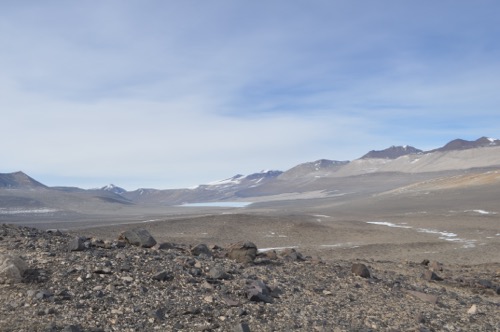
The Barwick Valley is a very special place to visit. In 1975 it was marked as a Site of Special Scientific Interest and in 2002 it was renamed as an Antarctic Specially Protected Area. This means a special permit is needed to enter the area. Also, there are protocols to keep soils from other areas of Antarctica or beyond from entering the area. The United States believes it is "one of the least disturbed and contaminated of the Dry Valleys of Victoria Land." Since the Dry Valleys are important areas to conduct research in (such as Lake Fryxell), there are human impacts in these areas. The Barwick Valley has been protected to ensure there are places in the Dry Valleys that have not been impacted by humans--even those who are studying the environment!

The Barwick Valley is a polar desert. You might not think a lot of things would live there, but there are lots of different bacteria and microflora (very small plants). For example, there are lots of algae there. There are also lichens, fungi and bacteria. Footprints can easily damage these organisms and are severely restricted which preserves the Barwick Valley as a protected area. These organisms can be damaged easily from footprints which also supports why the Barwick Valley is such a protected area. The South Polar Skua also visits the area.
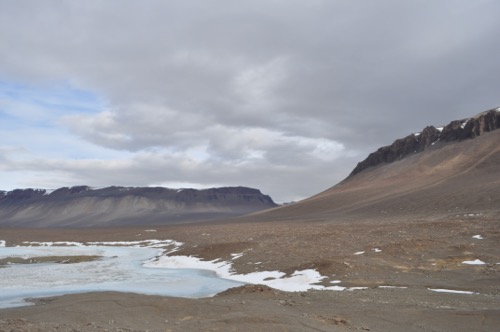
Critical Thinking
What are some things we can do to ensure the Barwick Valley is not greatly impacted by humans? What rules should people follow who do get to go there?
The History of Humans at Barwick Valley
In 1993 a team investigated the area looking for evidence of human impacts. Field camps had been in use at Lake Vashka in the 1960s. Soil pits, a trench, remains of wooden crates and boxes, and broken food caches had been found in the area. Dynamite had also been used near Lake Vashka and another location in the Barwick Valley. In 1995/1996, a New Zealand team cleaned up the site. From 2008 - 2012, only one team of two people visited the area to map the spatial distribution of soils.
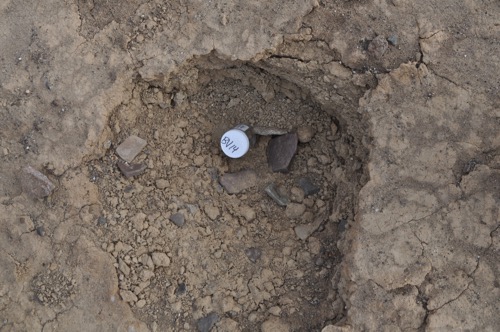
Collecting Samples
The B518 research team flew to the Victoria Valley, right outside of the Barwick Valley, and hiked in to set up camp. After eating lunch, the team collected sediments from areas where humans have been in the past, collecting a total of 24 sediment samples. This spanned a 13 kilometer stretch of land. The team found evidence of humans throughout the area, from footprints to holes in the Earth. The sediment samples collected from the area will help better understand the level of human impact in an already heavily protected area.
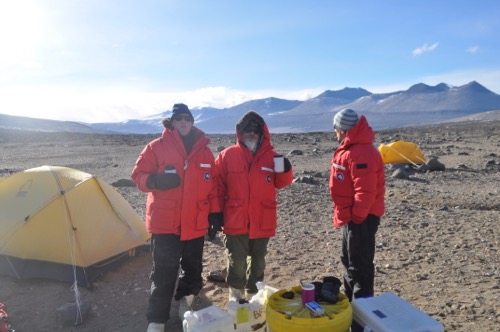
Life in Antarctica
Since today is December 1st (in Antarctica), holiday decorating has begun. The staff and scientists at Crary Lab helped brighten the hallways with holiday decorations at the end of the work day.
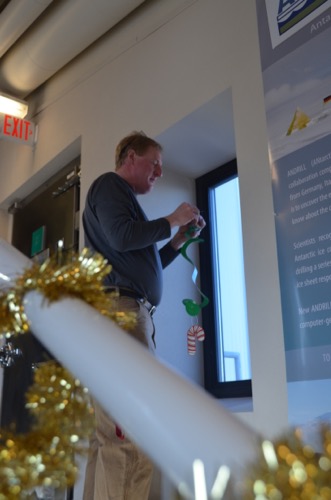
Ice Picture of the Day
Ventifacts are interestingly-shaped rocks found throughout the Barwick Valley.
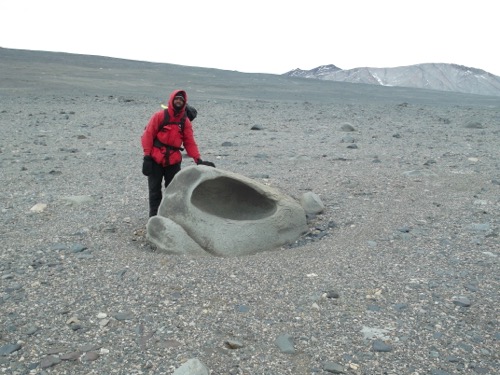
How do you think these rocks are formed? Download the PowerPoint Slide here:21_icepod.pptx
Brought to you by...
Today's journal is brought to you by Mrs. Montiel's class from Flour Bluff Early Childhood Center in Corpus Christi, Texas.
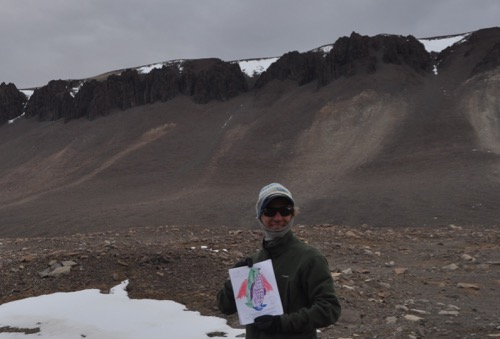
| Attachment | Size |
|---|---|
| 21_icepod.pptx122.25 KB | 122.25 KB |

Comments